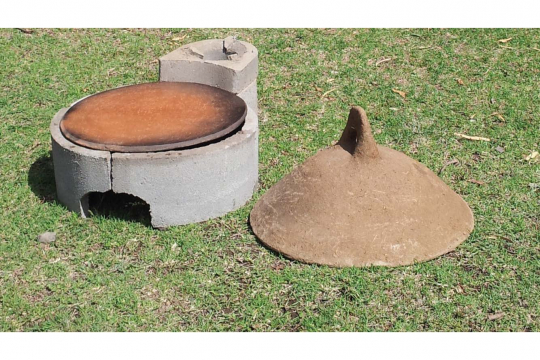Abstract
We use a field experiment to identify how differences in preferences and spousal influence result in low willingness to pay (WTP) for technologies that can benefit all household members. We create income-earning opportunities to empower households and conduct an actual stove purchase experiment to elicit their WTP for fuel, time, and indoor air pollution-reducing improved cookstoves. The decision to buy the stove was randomly assigned to either wives, husbands, or couples using either individually or jointly earned income. Experimental results suggest that wives, who often are responsible for cooking and collecting fuelwood, are willing to pay 57% more than husbands and 39% more than couples. Wives who made the stove purchase decision alone using the income they earned alone are willing to pay 67% more than husbands who made the purchase decision alone. We also find that couples’ WTP is similar to that of husbands, implying that husbands dominate joint decisions. A follow-up survey conducted 15 months after the stove purchase shows that the treatments do not affect stove use. Our findings highlight the importance of considering the division of labor, preference difference, and spousal influence within the household when promoting the adoption of new household technologies. Improving access to cash for poor women would likely enable them to make decisions consistent with their preferences.



